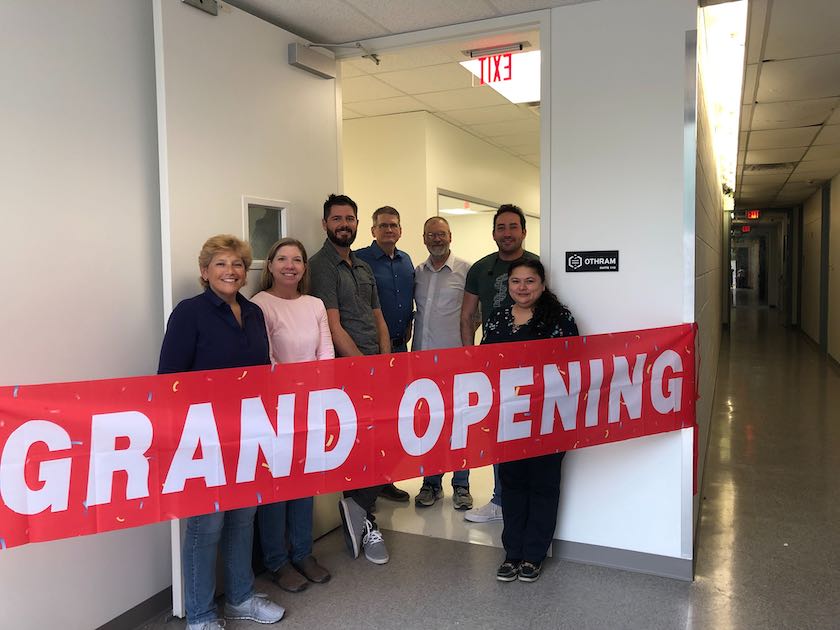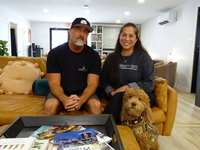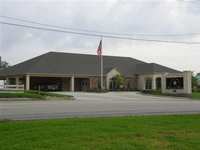- Sections :
- Crime & Public Safety
- Restaurants & Food
- Sports
- More
Categories
Woodlands-Based Biotech Company is Helping Solve America’s Cold Cases

THE WOODLANDS, TX – Consider this: human remains have been found in the mountains. Maybe the deceased was the victim of a violent crime, or maybe they were a perpetrator of one. Is there any way to identify that person? At Othram, they’re doing just that.
“If you can solve a 100-year-old homicide, there’s a lot of hope for being able to solve a 100-day-old homicide,” said Othram CEO David Mittelman.
Othram uses advanced DNA sequencing and proprietary software to enable human identification applications from degraded and often scare forensic DNA evidence. The company has built the first and only private laboratory to apply the power of modern genome sequencing in a forensic environment.
A recent example of their contribution to human identification is that of a 103-year-old headless torso found in an Idaho cave. After a family discovered the remains in 1979, the FBI’s elite forensic team was unable to produce an identification. The remains were later reexamined at the Smithsonian, but again, no identification was determined.
In 2019, Othram’s laboratory digitized an entire genome from trace forensic evidence using a technology they call Forensic-Grade Genome SequencingTM. Anthony and Lee Redgrave, volunteer genealogists at the DNA Doe Project, and lead forensic genealogists at Othram, were then able to take the digitized evidence and build a complex genealogical tree, which led to a match. The torso was finally identified as having belonged to Joseph Henry Loveless, a bootlegger who was born in 1870.
“If you can solve a 100-year-old homicide, there’s a lot of hope for being able to solve a 100-day-old homicide,” said Othram CEO David Mittelman.
Each success helps the forensic team iterate and improve their ability to access genetic information from the toughest samples. Othram extracted useable DNA from a 40-year old disintegrated bloody gauze to help identify a murder victim previously only known as the “Lime Lady”. For a yet to be announced case, Othram produced a genome from a single rootless hair.
“We’d like to scale this approach,” said Mittelman, referring to what he calls the digitization of forensic DNA evidence. “The real power will be in applying this testing to violent crime,” he said, “with the hope that it will help clear cold cases and potentially deter future crime.”
Mittelman says anyone can get involved in helping solve crimes and identify unknown remains by contributing their DNA profiles from DNA testing companies like 23andMe and Ancestry.com. To learn more about how you can help, visit DNASolves.com.
Comments •






